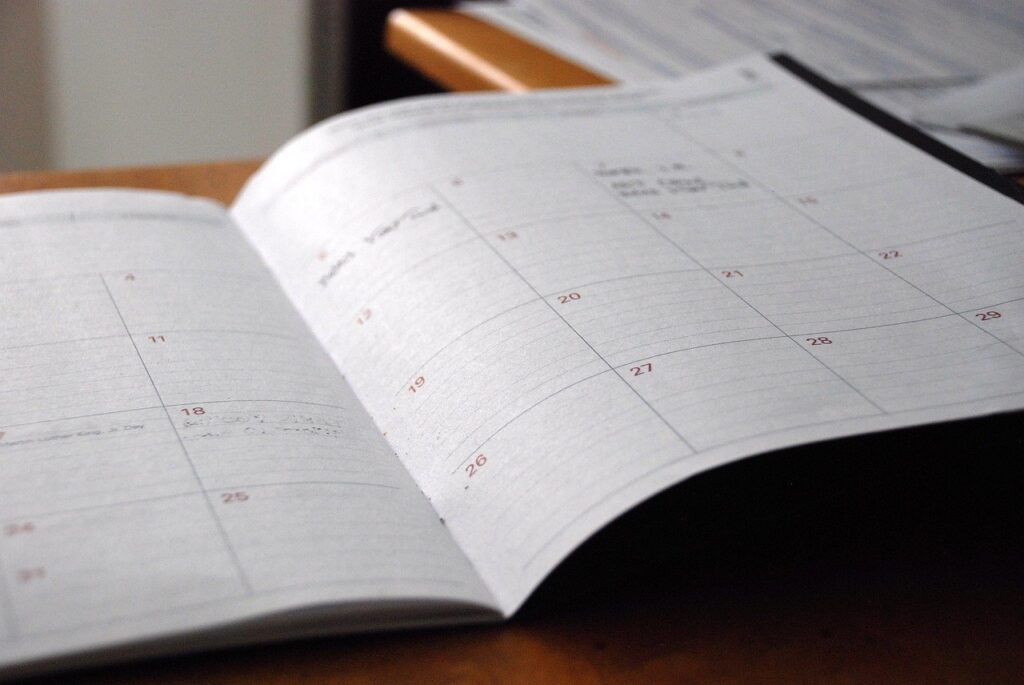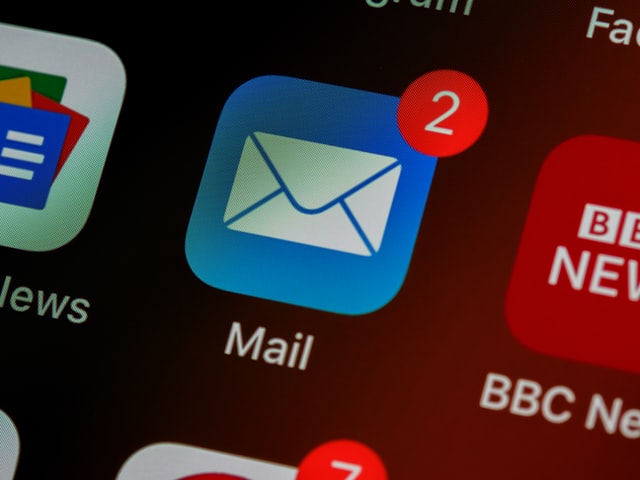
Connecting to your customers is vital for any business. Sending them marketing emails is an excellent way to stay connected and inform them of your new products or services. However, if you send them too many emails, they might unsubscribe or block further emails from you. This begs the question: how often should you send marketing emails?
There is no definitive answer
Straight off the bat, we need to inform you that there isn’t going to be any one all-encompassing answer. How often you should send marketing emails can depend on a wide variety of factors. That being said, we will take a look at what can influence your choice of how frequently you want to send those emails and help you find the answer through that.
Let’s start narrowing down the topic by looking at when is the best time to send a marketing email. You can look at hard data obtained through CRM, but there are some overall trends you can follow. Sending emails is best done at the start of the workweek, but not on a Monday. Let people recover from their weekends and start getting things done. Therefore, Tuesday stands out as a natural choice. The beginning of the day is good; just let people get to work and have their coffee first. That way, your email will be at the top of their inbox. Your industry-specific data may vary, so be sure to do some research to find the best time for email campaigns.
The importance of sending marketing emails
Email communication is great for formal messages and for files, pamphlets, and other attachments that wouldn’t work if done through social media marketing. Ads can help you reach customers, but sometimes you really want a personalized message directed explicitly at a particular type of client. There are many benefits of this type of marketing, and some companies almost exclusively rely on emails for their marketing campaigns. Email marketing allows you to:
- Keep in touch with previous clients. This is the best way to contact people who have subscribed to your service or are just on your mailing list.
- Reach out to new potential customers. If you have a list of potentially interested parties, sending them emails is one of the cheapest ways to reach out with a customized message.
- Follow up on leads. If your company already uses Customer Relation Management, then you know that progressing down the sales funnel usually starts with personalized emails.
- Measurable response. Unlike some other forms of marketing, you can easily check how effective your email campaign is.
What’s the industry standard
Depending on the type of product you offer, how often you should send marketing emails can be very different. However, the standard for most types of businesses is roughly once a month. Contacting your clients every month allows you to keep in touch and remind them that you exist, without becoming too bothersome. You can use email marketing software to make sure you don’t forget and skip sending an email. Because if you do forget, one month turns into two, and the pattern easily continues from there.

Sending messages too frequently can get users to unsubscribe, and messaging too rarely will get users to forget about your business. Once you find the perfect frequency to send emails, don’t leave things up to chance if you already have software tools readily available. You can use software to automate the process and to retrieve and analyze data. Also, you can further improve your automation efforts with subscriber scoring.
Check what the competition is doing
Don’t think of it as industrial espionage. It’s more like peeking over the fence every once in a while to see what the neighbors are doing. Subscribe to your competitor’s mailing list and see how often they are sending email messages and notifications. If you choose to do something radically different from what everyone else is doing, you should have a good reason.
Send emails if you have updates or news
Instead of just reminding people that you are out there, use your emails to deliver information to your clients. Sending news to your subscribers is a great way to spark interest and increase engagement. Here are some good opportunities for sending emails:
- Have you changed something? Inform clients if you are changing something about the way you do business. Let them know about the new distribution method or how you’ll process their orders from now on.
- Product updates. Updates to your products are something that will interest previous clients as well as new ones. Just make sure you write an engaging product update email.
- Do you have a special offer? Sending coupons or discount offers through emails has a clear goal of driving up sales.
Inform buyers of flash sales. If you need to clear your excess inventory, organizing a flash sale is a good idea. You also need a way to inform your buyers that a sale is ongoing.

Check your data
Using data obtained from previous email campaigns can inform you of certain past mistakes. Learn from what you did in the past, and don’t repeat the same failing strategy. Here is what you need to pay attention to:
- Open rate. How many of the emails you sent were actually opened and read. If the open rate is low, you should rethink your approach and try to write great email content.
- Click-through rate. If your emails aren’t purely informative and contain links to your website or products, it’s good to know which users actually follow through.
- Direct feedback. Analyze any email responses you get from your customers. Customer replies can give great insight into the effectiveness of your marketing emails.
The bottom line
We hope that the information in this article helped you figure out how often you should send marketing emails. Although there aren’t solid answers, we went through how you can narrow down your search. Once you find the perfect time and frequency to send your emails, you’ll have no trouble keeping up with your contacts.

